Figures emerge like ghosts from Antonia Showering’s canvases, their sketchy lines and expressionistic color palette relaying an atmosphere of deeply personal narrative as much as an emotional message, wordless but with universal resonance. Take 2025’s “The Waiting Room” (2025), from her current show, titled In Line, at Timothy Taylor: A woman, resting on a bed in a pool of maroon, has just given birth; her belly appears aglow in a warm yellow as her newborn, outlined in pale purple, rests next to her, umbilical cord still attached. “I wanted to talk about the vulnerability about someone postpartum,” says the artist. The hues she’s employed are bodily, those of flesh, fat, and veins, yet here transcend into a surreal haze of life’s first moments.

Courtesy the artist and Timothy
Taylor © Antonia Showering
Across the 13 oil paintings on view, motherhood imagery abounds, spanning contexts from pregnancy and labor to a child’s loving embrace. Indeed, Showering’s own recent journey into first-time motherhood weighed heavily on the driving vision behind the work. Still, it’s only one component of a broader existential meditation the British artist hopes to convey. “It’s general life cycles, this unrelenting march that just continues,” she says. The exhibition’s title, “In Line,” gets at this notion, especially in terms of lineage. “It’s about beginnings and endings of life and things that happen in between the two – relationships and intimate moments and family.”
The central painting, 2024-25’s “Secret Language,” is a mother holding her toddler-aged child as she stands at her easel, painting. Given the clear autobiographical themes at hand, you could be forgiven for misinterpreting the scene as one right out of Showering’s weekly schedule. Not so: It was rather inspired by her own offhand comment to a friend on the phone: “’Oh, well you try painting a picture with a baby on your hip.’ Not that I ever do do that! Just the image of if in my head felt so powerful,” explains Showering. The subject matter is the fruit of Showering’s imagination, but it’s fiction, not fantasy. Certainly, variations of the scenario have played out before, across place and time. And when it comes to multitasking between mothering and professional endeavors, the specifics multiply to infinity.
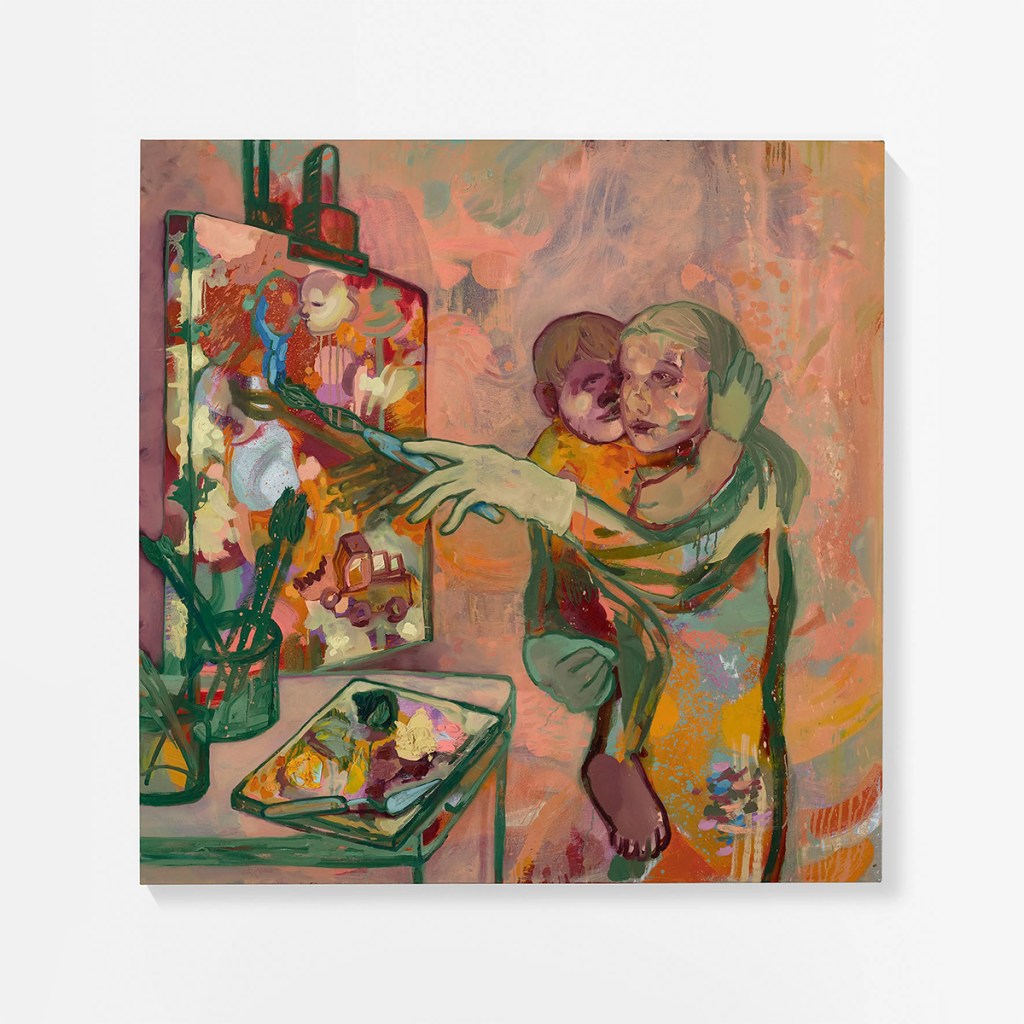
Courtesy the artist and Timothy Taylor
© Antonia Showering
Another recurring motif takes the more immutable form of a mountain range. This landscape, appearing across several compositions, nods to the artist’s childhood memories of traveling to Switzerland to visit her Swiss grandmother and Chinese grandfather, an art historian and architect respectfully who had a “massive influence” on Showering. “Every time I return to Switzerland, I feel like everything is changing. People have joined us, people have left us,” she says. “These mountains seem to be the only thing that remain a constant.” One such panorama, in 2024’s “After Life,” pays homage to a curious series of events she witnessed shortly after the death of her grandmother, with a depiction of two foxes nestled in the foothills. “We had about four days where this fox followed us wherever we went,” Showering recalls. “It was bizarre. It would walk down the road beside us. It would be in the garden for hours. Even my younger brother, who’s the least superstitious person, started finding it strange. When we looked it up, in Chinese [culture], it signifies the passing on to the afterlife.” Rendered with dreamlike orange-pink and green-blue swathes of color that create a disorienting, blurred-dimensional surface effect, the piece imagines her grandparents reuniting, as foxes, in the spirit world.
The rendition of this story, with its mystic and mythic undertones, also evinces what Showering describes as the “magical quality” that oil pigments, layered slowly and through intuitive mark-making, can impart. “Sometimes the meaning unfolds in weeks or months after the painting is finished,” she says. In a parallel reveal, what further comes into focus are “desires and hopes and regrets and pain and joy – what makes us human.”



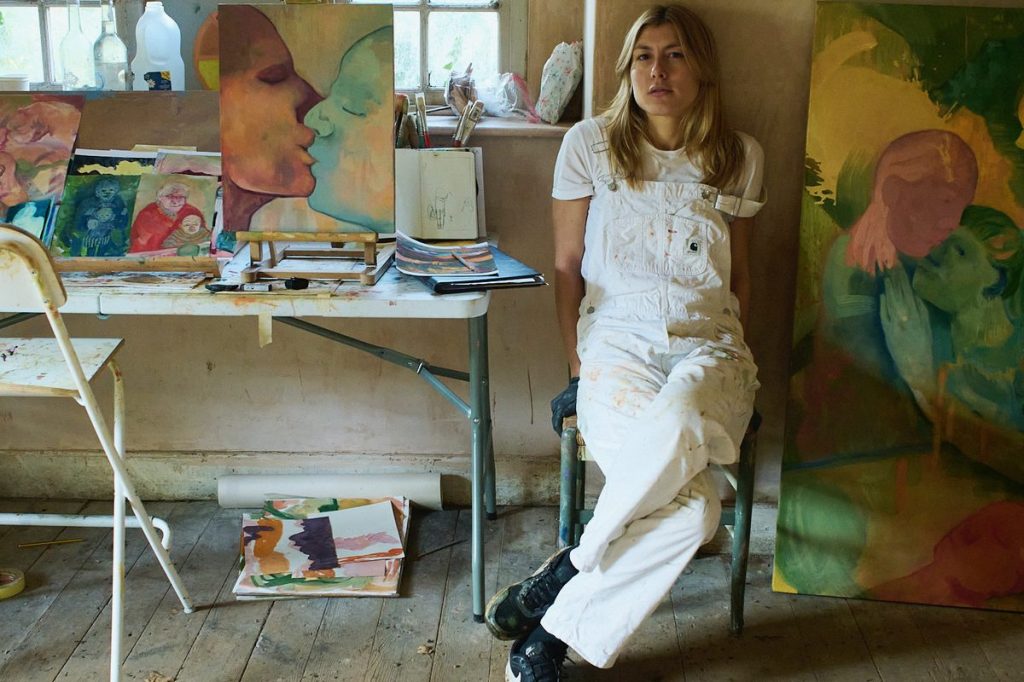








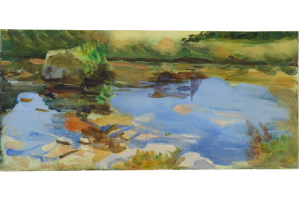

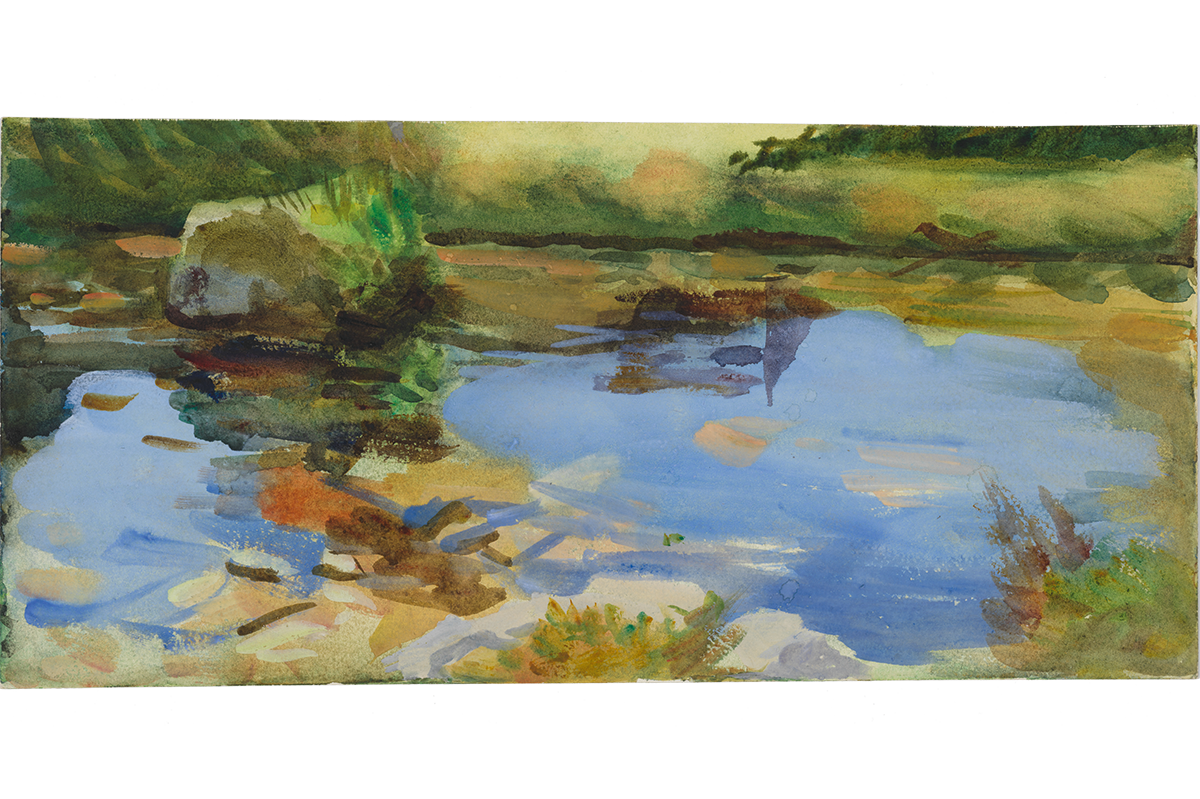



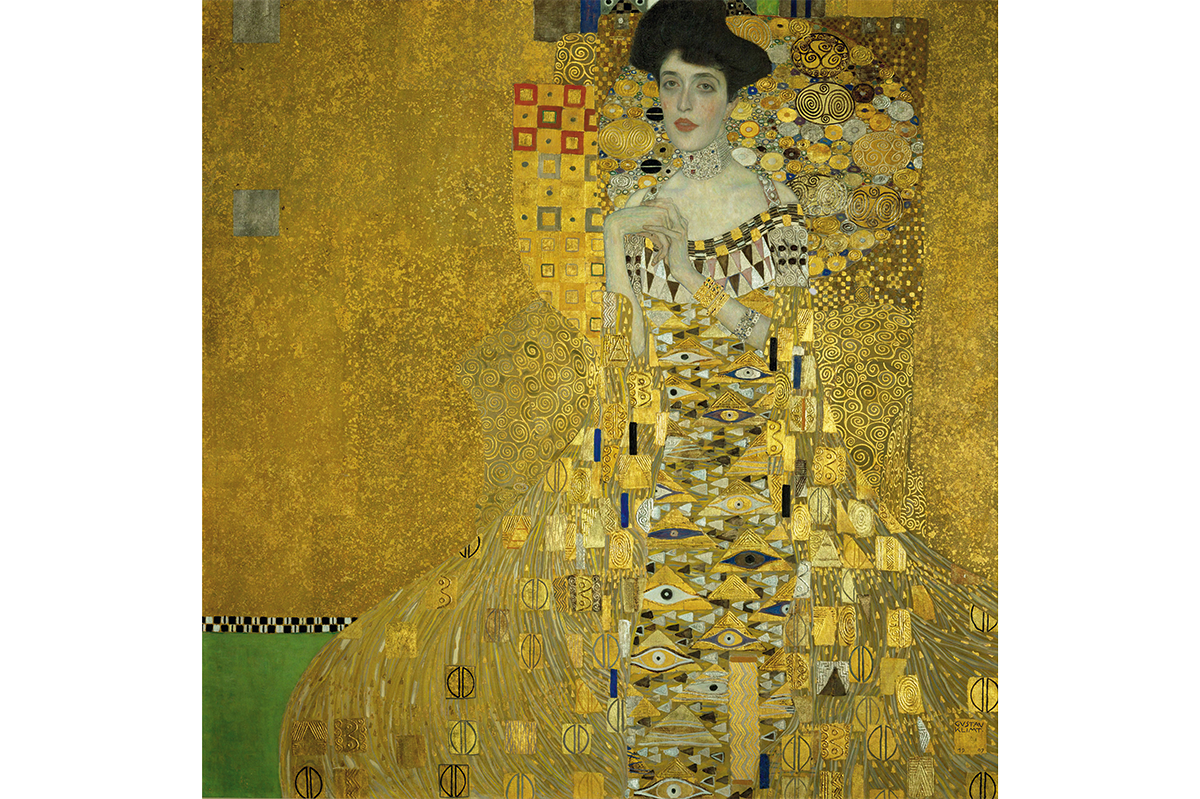




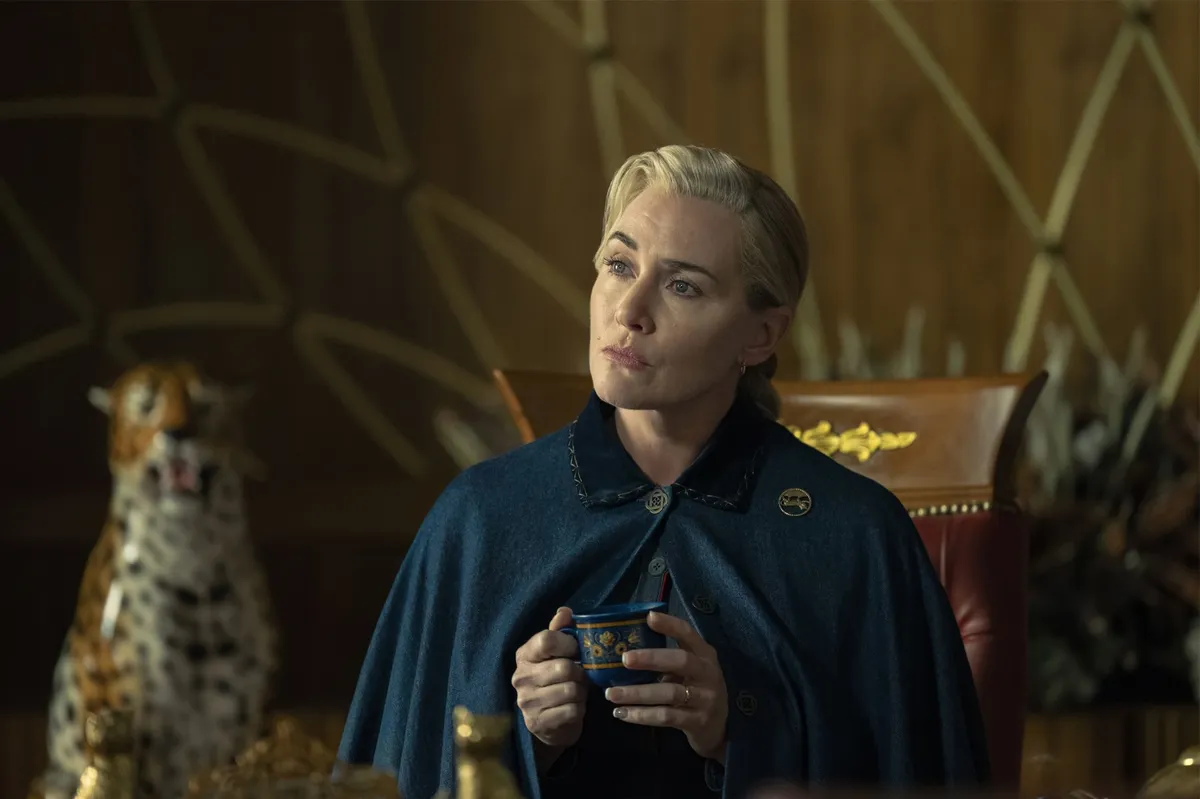


Leave a Reply